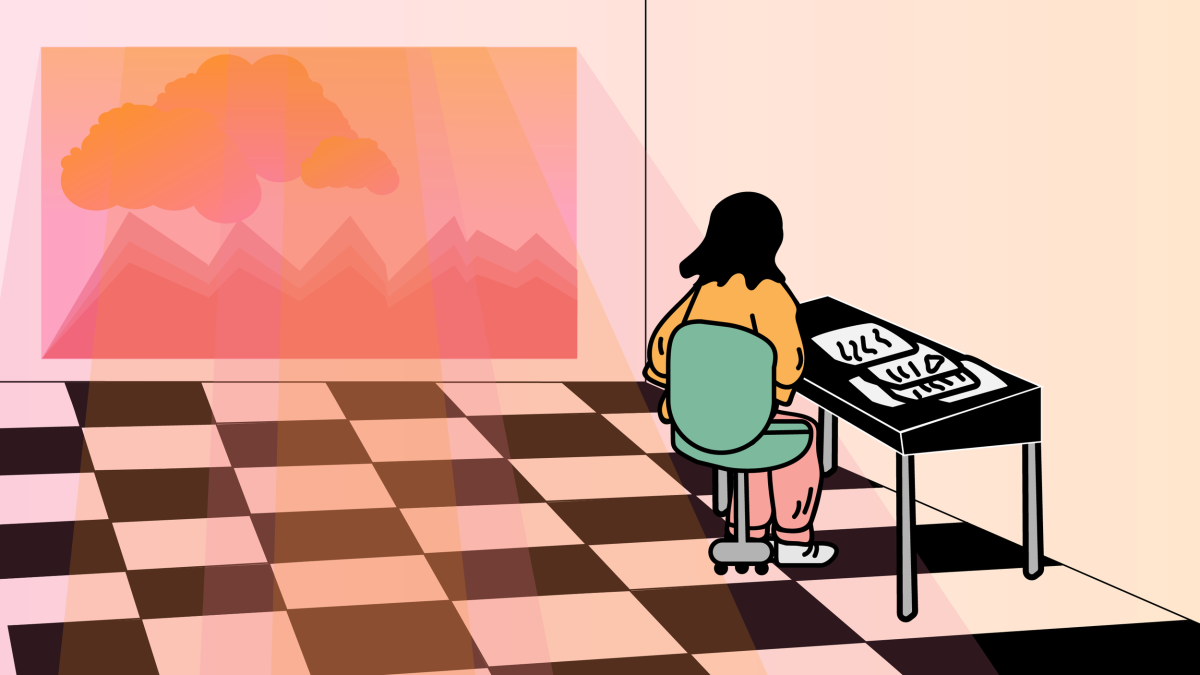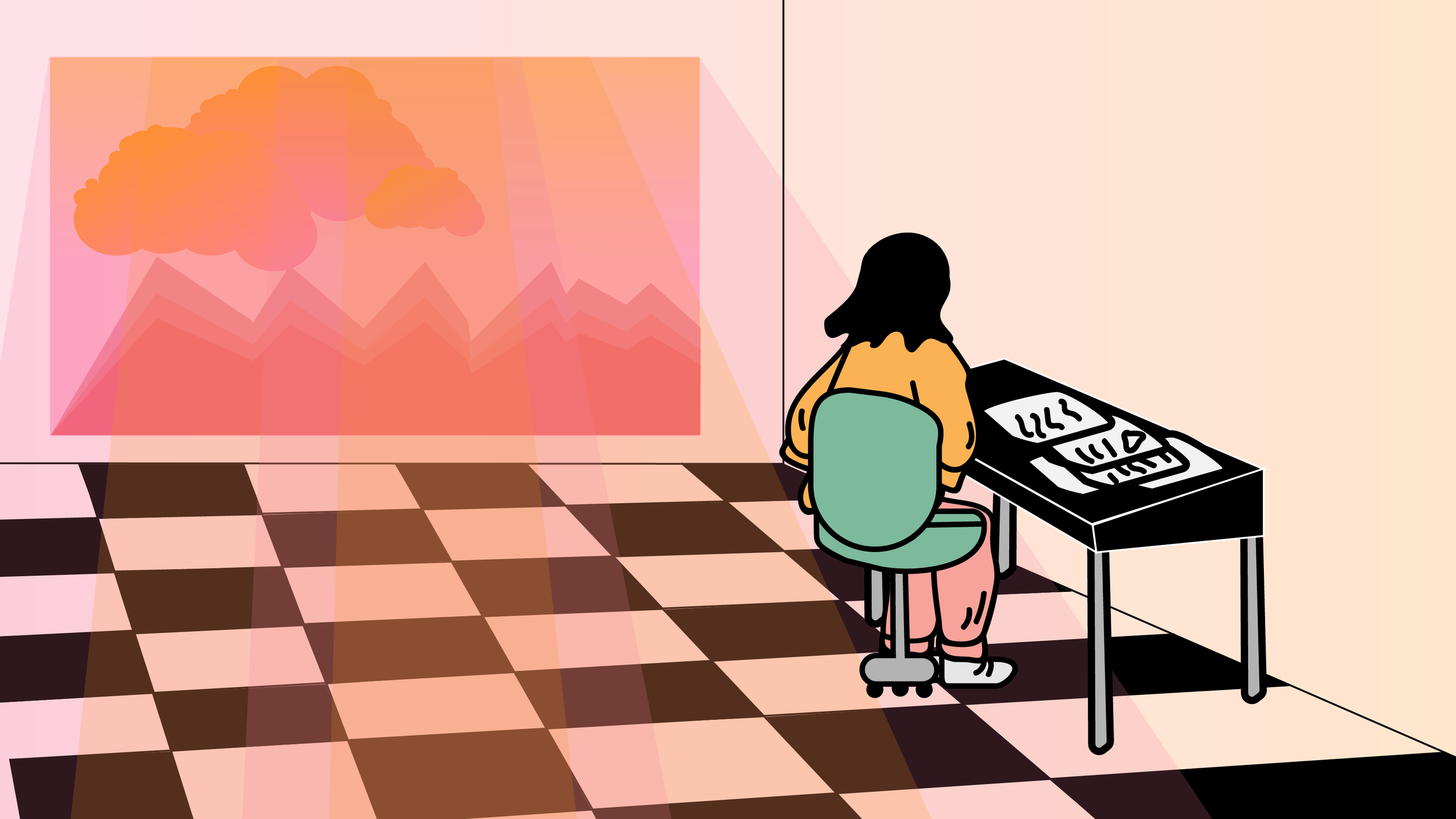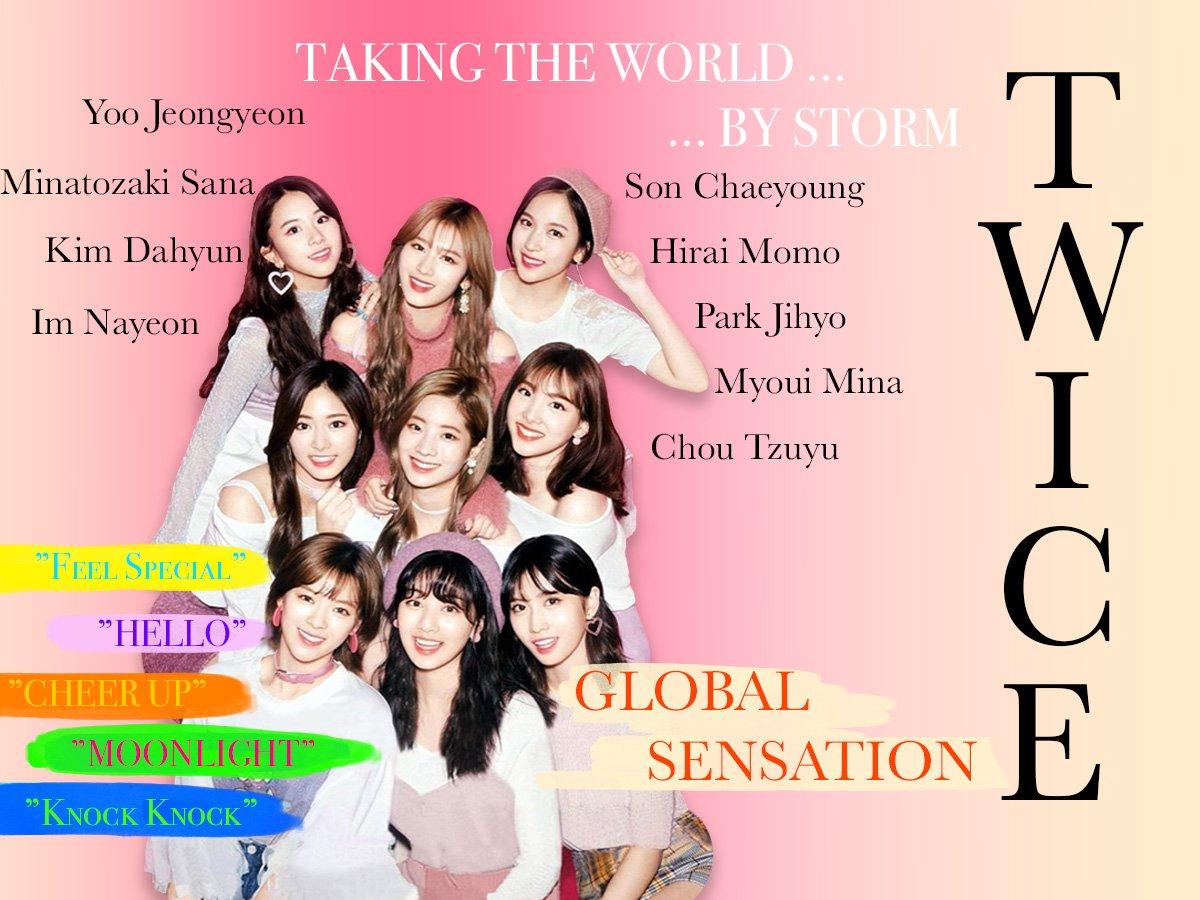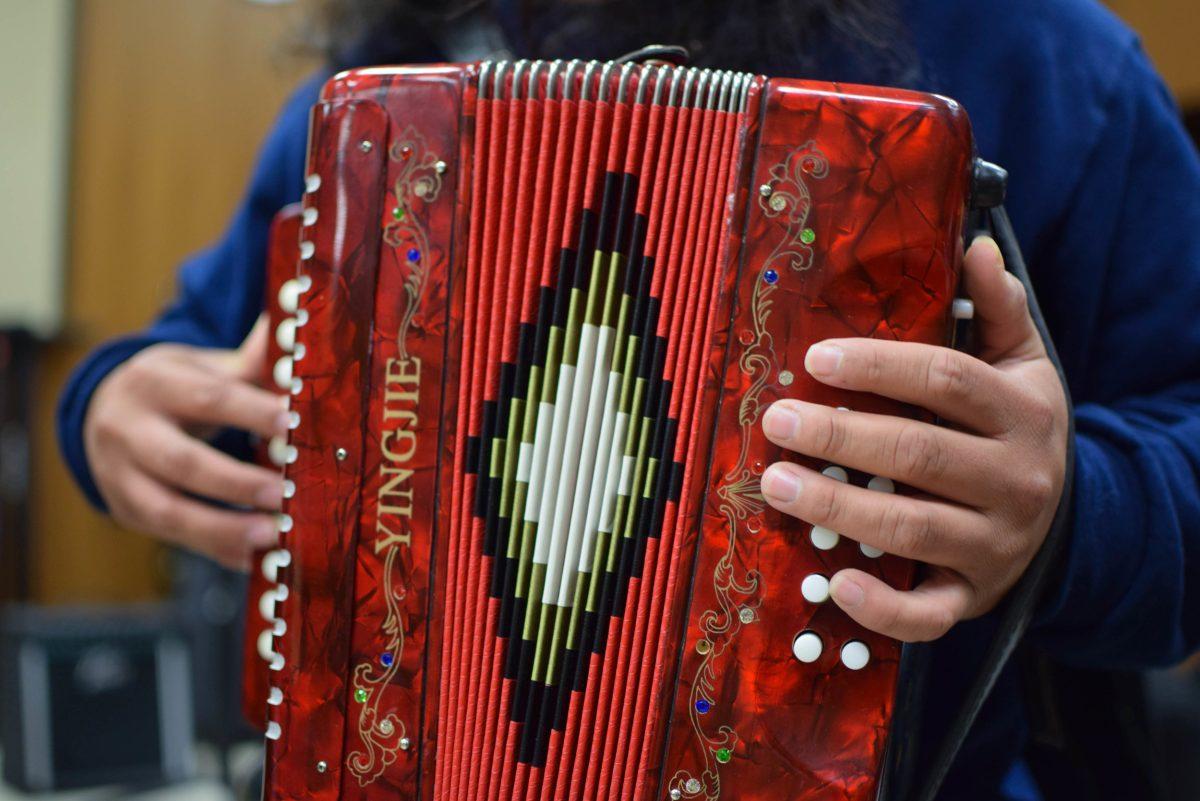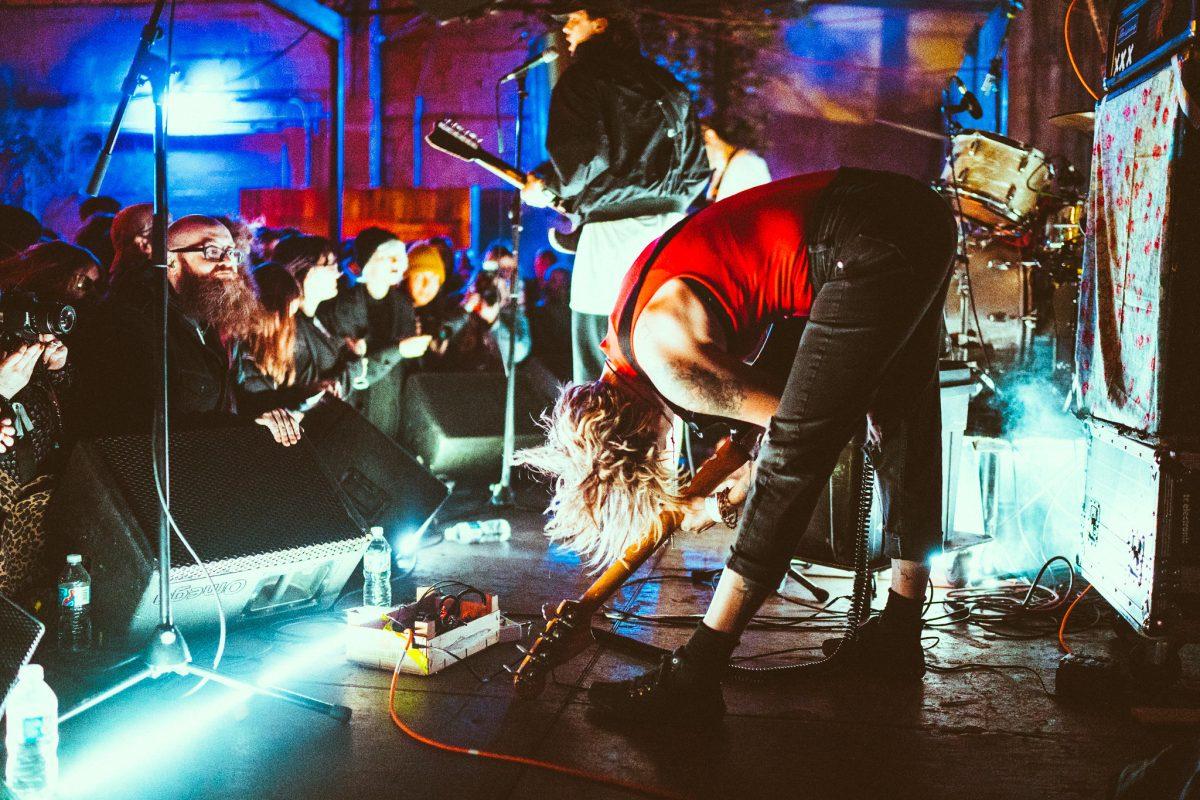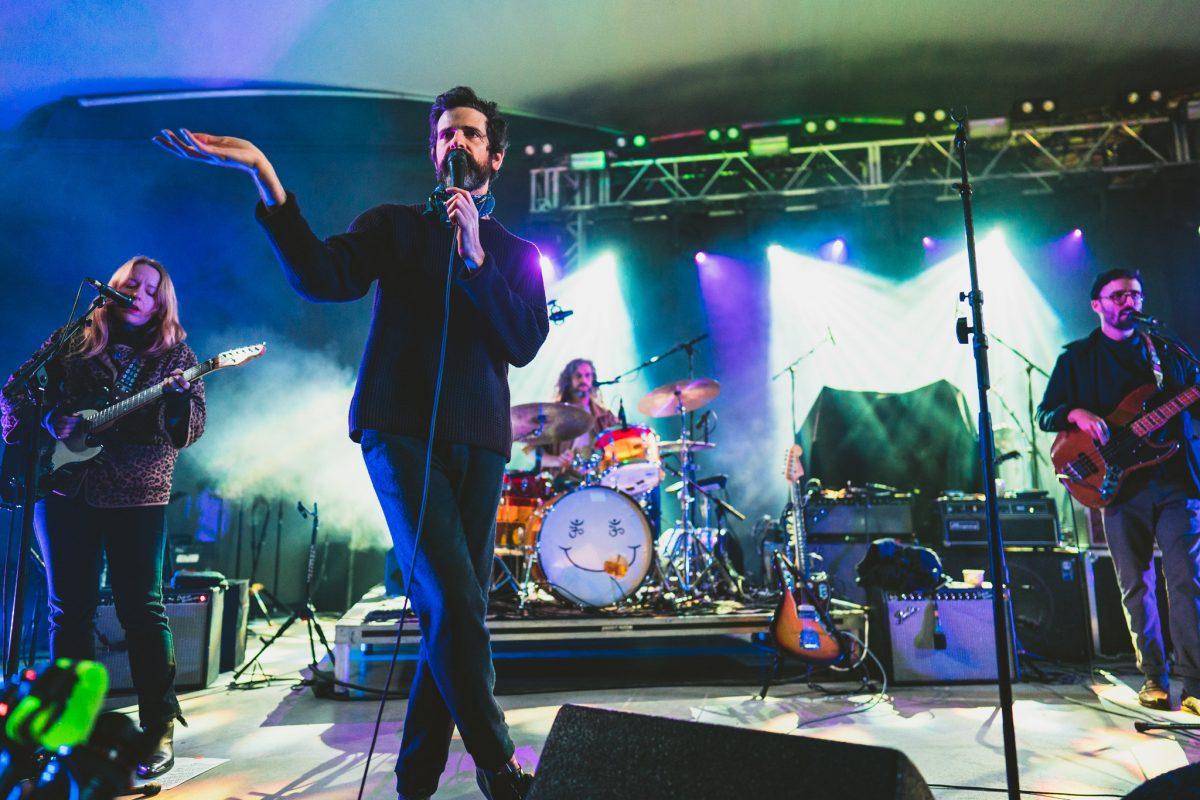Lo-fi hip-hop has become a online phenomenon for students trying to focus on their studies, but there is another side to this genre that you might not see from your “chill lo-fi beats to study/relax to” radio.
Story by Laiken Neumann
Illustration by Carlos Villapudua
Emerging victoriously from the depths of SoundCloud, lo-fi hip-hop has garnered interest from dazed university students in attempt to fix their study habits. “Lo-fi music eases my mind and allows me to relax while studying,” says Solomon Israel, first-year student at the University of Texas at Austin. “I highly recommend it.”
Utilizing steady beats inspired from traditional hip-hop and samples from multiple genres, lo-fi hip-hop, also dubbed chill-hop, immerses listeners into a simulation of rhythms that seems to effortlessly carry away their worries.
The success of this genre as a form of motivational music is a product of online communities. Soon after chill-hop began to make waves on SoundCloud, a new role in this DIY music scene emerged in the form of radio DJs. With the addition of live streaming to already existing platforms and the revelry of new ones like Twitch, music radios were quickly created. All other platforms paled in comparison to the ruler of original internet content, YouTube, where aggregators could compile lo-fi music with little to no copyright issues.
Gaining millions of listeners, YouTube channels with lo-fi compilations have built viewer empires off of smaller producers. Arguably the frontiersman of lo-fi hiphop radio, Chilled Cow launched a merch line, ranging from t-shirts to phone cases, on the basis of their original “anime girl studying” image which has gained two million subscribers and reached close to one billion views.
All this popularity, while great for lurking consumers, raises an important question. Are radio stations like these providing promotion, or are they simply profiting off of smaller artists?
A local creator who has made his name in the genre’s community, The Deli, sees no problem. “I think it is a mutual thing that helps the artists and the channels, so it’s good for everyone,” he says.
However, smaller producers are often left out of the equation, as Austin producer GOUHST. explains. “I remember a time when these services and organizations were just small playlists online that were compiled to show new and upcoming producers, even if they didn’t have a lot of followers,” GOUHST. says. “These days they seem to pay more attention to the producers that already have a following and don’t pay too much attention to the little guys that are just as good as these bigger producers.”
Despite the hierarchy of lo-fi radio channels and the motivation it draws, the behind-the-screen work put into creating chill-hop is rarely recognized. The real emotion behind it is disregarded, but GOUHST considers this the beginning of his creative process. “All of my music starts with a feeling,” GOUHST. says. “I’ll listen to vinyls for hours on end just to find something that relates to that feeling and emotion, then, the sample will get chopped up and I start hearing what direction I want to have the entire track go.” The alluring samples that producers use can take hours to find, but it is worthwhile.
A hint of jazz, a line from a movie, or a warped sample of a nostalgic song can create a psychedelic, slightly-dazed soundscape that is reinforced by beats reminiscent of old-school hip-hop. The captivating quality of lo-fi that keeps listeners tuned in to their favorite “chill lo-fi beats to study/relax to” radios.
Chill-hop fans have been growing in numbers for months and loyal student listeners are not going anywhere. Whether you are studying for your bio test or writing the research paper that you have been putting off, lo-fi hip-hop invites you into another universe of productivity.































